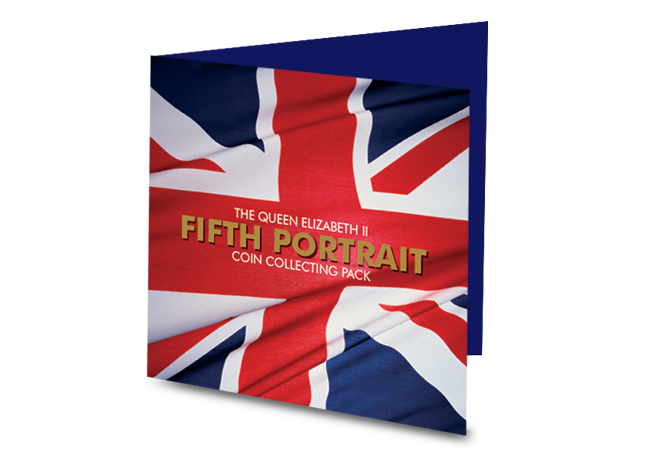Posts Tagged ‘Royal Mint’
The medal 30 years in the making…
With the Battle of Waterloo reaching its 200th Anniversary this year, I have come across some fascinating commemoratives which have been issued to mark the historic event. However, there was one in particular that really caught my eye and has an intriguing story behind it…
It all started in 1815 when The Royal Mint was commissioned by the Duke of Wellington to strike a medal honouring the leaders of the allied nations following the Battle of Waterloo.
The medal was to be of the grandest scale, finished with outstanding detail – a task perfectly suited to Royal Mint Chief Medalist Bendetto Pistrucci – whose proposed design was chosen from a shortlist.
Pistrucci was a masterful engraver with a mercurial personality. He had already completed a stunning design of St George and the Dragon (which famously still graces the Sovereign today). His design for the medal looked set to be one of the greatest ever undertaken…
But, there was a problem
Pistrucci was under the impression that Master of the Mint, William Wellsley-Pole, had promised him the position of Chief Engraver at the Royal Mint. However, as a result of politics and infighting at the Mint, it became apparent his ambitions would never be fulfilled.
In fact he soon recognised that once he had completed the Waterloo medal, The Royal Mint was sure to cut all ties with him. Determined not to let this happen, Pistrucci took his time, and prolonged the project – by 30 years.
By the time the dies were completed, all the intended recipients were dead, except for Wellington himself.
The end result was one of the most magnificent pieces of medallic art ever seen, but this wasn’t the end of the story. Pistrucci’s dies were so large and complicated that they proved impossible to harden and the medal that had taken three decades to complete was never even struck.
So the ill-fated Waterloo medal remains one of the most fascinating chapters in the history of The Royal Mint, and is still talked about to this day – despite the fact it never even made it to production!
Now the medal has been made…
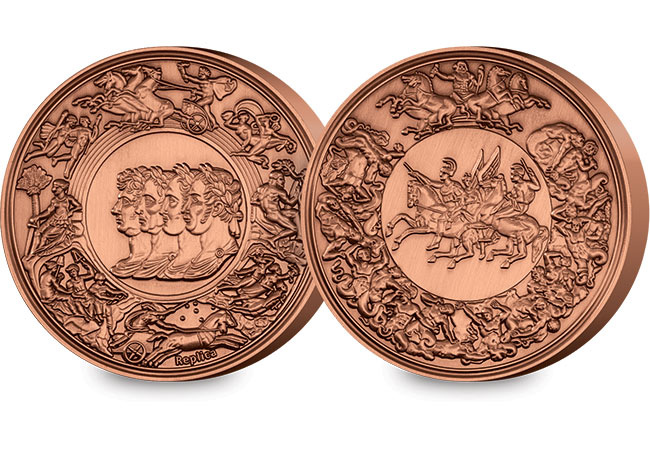
Using the latest minting technology, a small batch of just 495 replica medals have been made for the anniversary year of The Battle of Waterloo. We still have some available if you’re interested, click here for details.
Portraits of a Queen – which is Britain’s favourite?
With the new portrait of Queen Elizabeth II due to be revealed on Monday, I thought I’d revisit a blog I posted in 2013, which saw the 60th anniversary of the Queen on our coinage.
Back then you voted Mary Gillick’s 1953 portrait of the Queen the best, by a very slim margin. Will the new portrait become the nation’s favourite? Let’s take a look at the previous designs…
The first Queen Elizabeth II coins were struck in 1953 and since then four different effigies adorned our coins.

1953 – 1967: Mary Gillick
The first coins of Queen Elizabeth’s reign bore Mary Gillick’s portrait of the young Queen, engraved especially for the new coins.
Her uncrowned portrait of the Queen is still used on the Maundy Money distributed each year by Her Majesty.
With the upcoming decimilisation, it was decided to refresh the Queen’s portrait with Arnold Machin’s new sculpture of the Queen. Commissioned in 1964, it first appeared in 1968 on the new 5p and 10p coins. A version of the design with tiara was also introduced on stamps in 1967 and remains to this day.
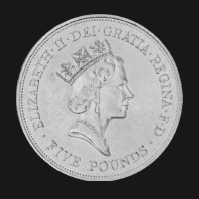
1985 – 1997: Raphael Maklouf
In creating his new effigy of Her Majesty, Raphael Maklouf aimed “to create a symbol, regal and ageless”.
His “couped” portrait depicts Queen Elizabeth II wearing the royal diadem favoured by her on the way to and from the State Opening of Parliament.
 1998 – current: Ian Rank-Broadley FRBS
1998 – current: Ian Rank-Broadley FRBS
The current Queen’s head on our coinage was designed in 1997 by Ian Rank-Broadley. Created to fill the full circle of the coin, its larger size was a deliberate response to the smaller 5p and 10p coins in circulation. A noticeably more mature portrayal of Her Majesty, Rank-Broadley aimed to show the Queen with “poise and bearing”.
If you’re interested…
Collect all 8 of the ‘new portrait’ coins when you find them in your change with The Queen’s New Portrait Coin Collecting Pack. Available now for just £3.99 (+p&p).
As we bid farewell to a familiar face…
The Royal Mint have announced that on 2nd March, the effigy of Her Majesty the Queen on UK coinage will be replaced with a brand new fifth portrait. While we wait for the new portrait to be revealed, here’s a little more detail about the history of the current portrait that has featured on our coinage for the past 17 years…
In 1997 the Royal Mint held a competition to design the obverse of the Golden Wedding Crown. The standard of entries for the joint portrait of Queen Elizabeth II and Prince Philip was so high that it was decided it was time to explore the possibility of replacing the existing portrait by Raphael Maklouf. The winning portrait was designed by Ian Rank-Broadley FRBS and introduced in 1998.
Designed to fill the full circle of the coin, its larger size was a deli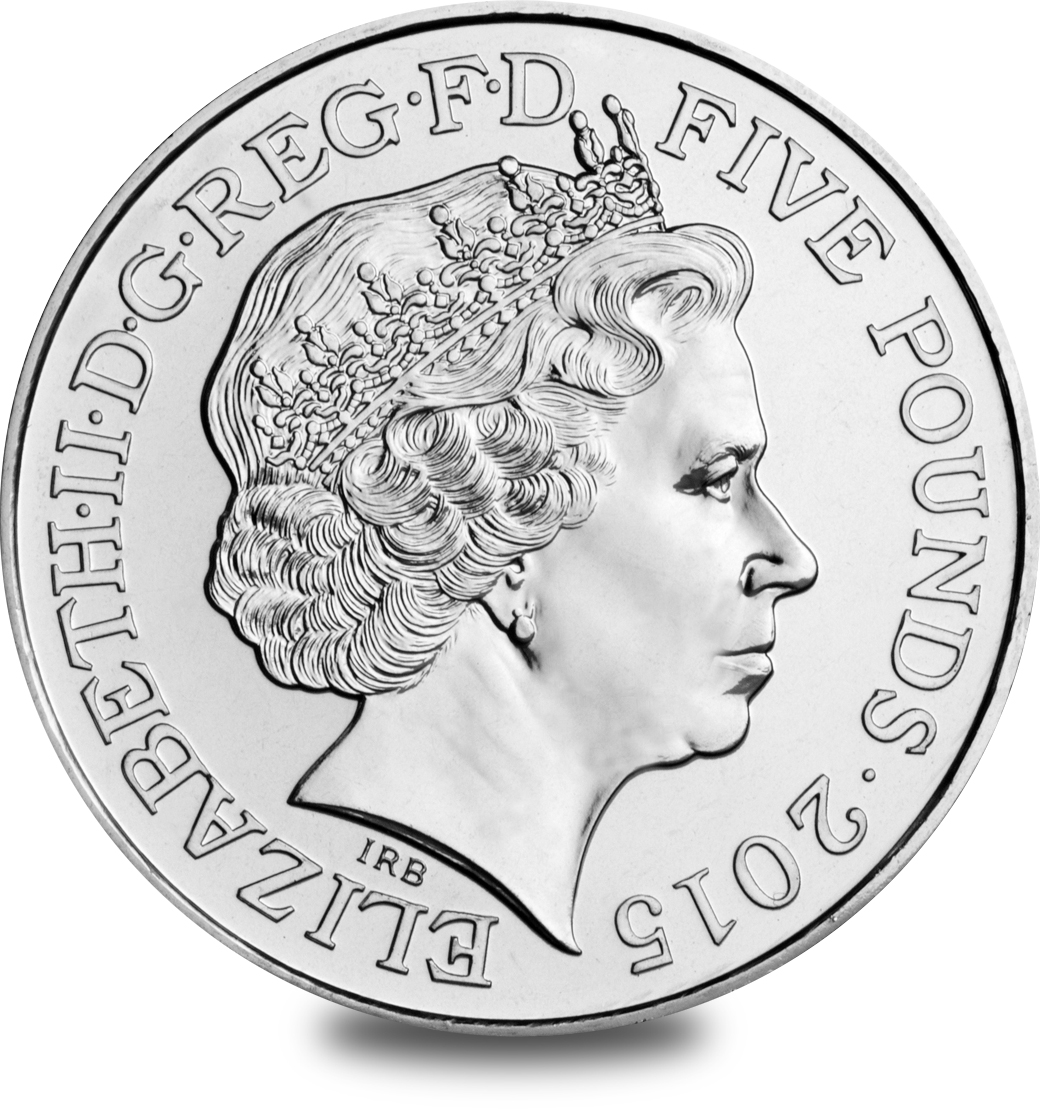 berate response to the smaller coins that had been introduced into circulation. Compared to its predecessor, the portrait is noticeably more mature. Ian Rank-Broadley FRBS felt that there was ‘no need to disguise the matureness of the Queen’s years. There is no need to flatter her. She is a 70-year-old woman with poise and bearing’.
berate response to the smaller coins that had been introduced into circulation. Compared to its predecessor, the portrait is noticeably more mature. Ian Rank-Broadley FRBS felt that there was ‘no need to disguise the matureness of the Queen’s years. There is no need to flatter her. She is a 70-year-old woman with poise and bearing’.
Since then he has designed the 2000 Queen Mother Centennial Crown, 2002 Golden Jubilee Crown, and the conjoined portrait of Queen Elizabeth II and Prince Philip on the 2007 Crown. His effigy of Her Majesty has been used on all circulating British coins since 1998.
Secure the last set of UK coins to feature the current portrait of the Queen
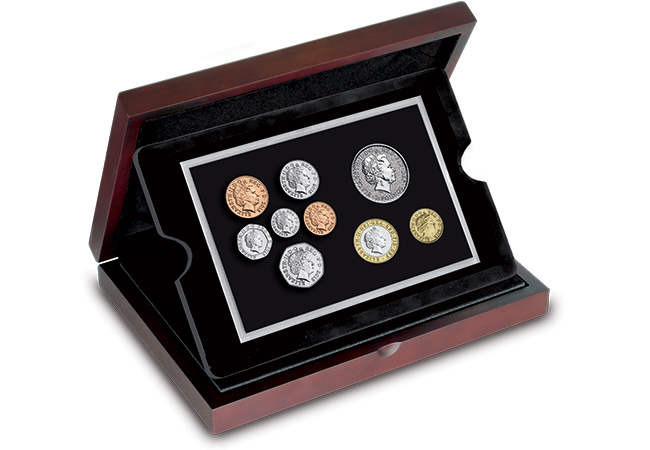 Struck by the Royal Mint to a superior Brilliant Uncirculated finish, the set features the eight 2015 UK definitive coins from the 1p to the £2, brought together with the flagship 2015 1oz pure Silver Britannia coin. Just 495 complete Queen’s Fourth Portrait Specimen Sets have been released.
Struck by the Royal Mint to a superior Brilliant Uncirculated finish, the set features the eight 2015 UK definitive coins from the 1p to the £2, brought together with the flagship 2015 1oz pure Silver Britannia coin. Just 495 complete Queen’s Fourth Portrait Specimen Sets have been released.
Presented in a luxury wooden Presentation Case and complete with its Certificate of Authenticity, this really is the ultimate way to bid farewell to a familiar face.
NOW SOLD OUT



